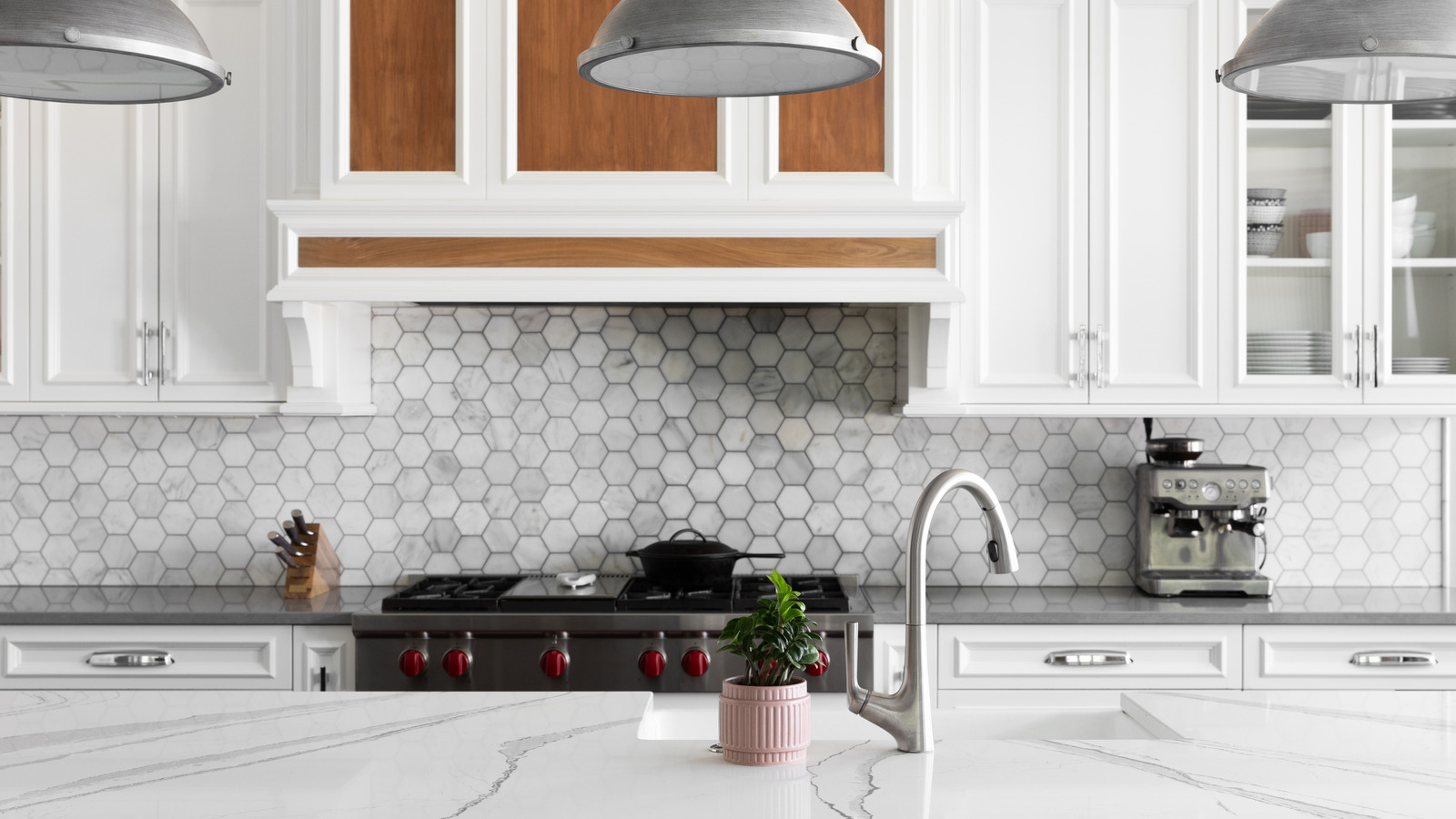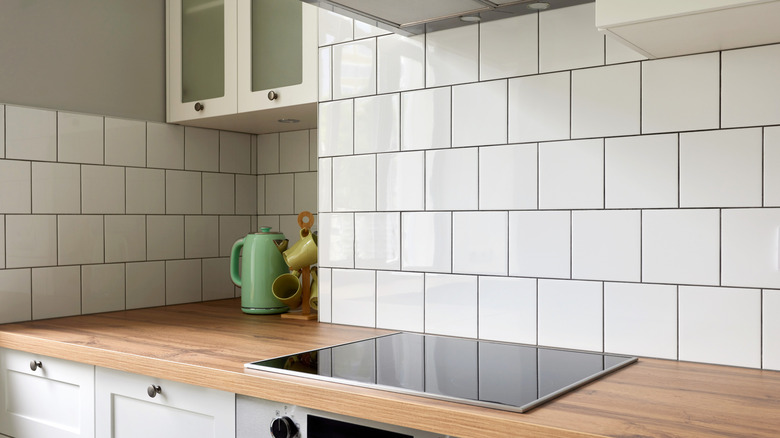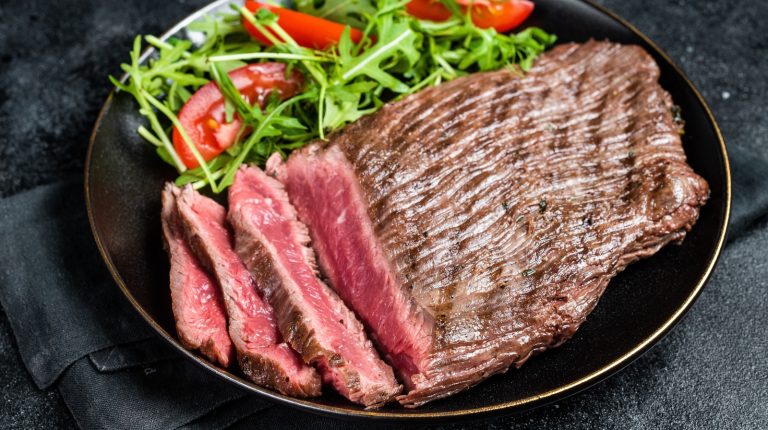Renovating a kitchen and adding a backsplash is the perfect opportunity to impart some creative flair. However, choosing the material for the backsplash might leave homeowners with questions. To determine the most popular, Food Republic reached out to expert Matthew Coates of Los Angeles Architects Coates Design. His big recommendation is ceramic tiles.
Coates explained, “Ceramic tile is a sure thing for backsplashes. It’s durable, affordable, and there are tons of style options out there.” He divulged that it’s a common pick because “it withstands heat and moisture with ease, and it’s easy to clean … which can be a big advantage if you cook a lot.” After all, since the backsplash blocks the wall from the splashes that can occur in the kitchen, it makes sense to choose a material that cleans up in a jiff. Despite costing just a little more, ceramic is the answer — you should avoid cheaper things like trendy peel-and-stick as they aren’t a great, long-lasting choice.
The final reason for choosing ceramic over the others? It’s design versatility. When it comes to picking a ceramic tile design, Coates shared, “You can go plain in a classic subway tile or introduce some interest in shape, glaze, or pattern.” It comes in many colors and glazes, such as polished satin for an oqaue look, matte for a natural stone look, or super glossy for a luxe finish, so you can match the vintage kitchen decor trend that’s coming back around.
What to avoid with ceramic backsplash
While ceramic tiles seem perfect, there are still some things to keep in mind before installing them. Matthew Coates clarified, “I’d skip very tiny mosaic tiles behind the stove if you’re doing a lot of cooking … those additional grout lines are more difficult to keep clean.” For example, avoid small circular tiles, hexagonal tiles, or tiny squares, which are harder to clean. Instead, consider some of the more popular design patterns (with more tile surface area) to enhance the overall look, whether vertical, horizontal, or in a herringbone shape for a personalized twist.
Coates warned that you should “consider grout color as well … very noticeable white grout will stain, so a medium or darker color will generally look nicer in the long run.” Imagine a dark red sauce splattered on a bright white grout. That’s what most of us would like to bypass. While the goal isn’t solely to avoid visible messes, choosing a darker color for the grout helps prevent apparent stains. One idea — pick a fun color for the tile and grout (like a dark teal) as one of the many ways to add color to your boring kitchen. This way, you’ve got a dependable, personalized backsplash that matches your vibe.





